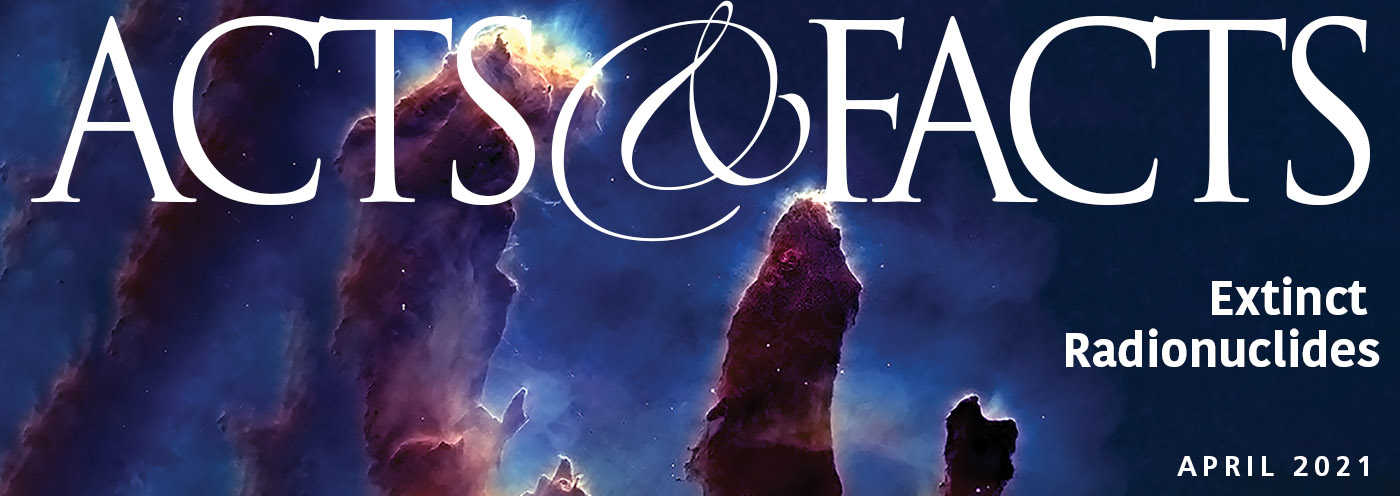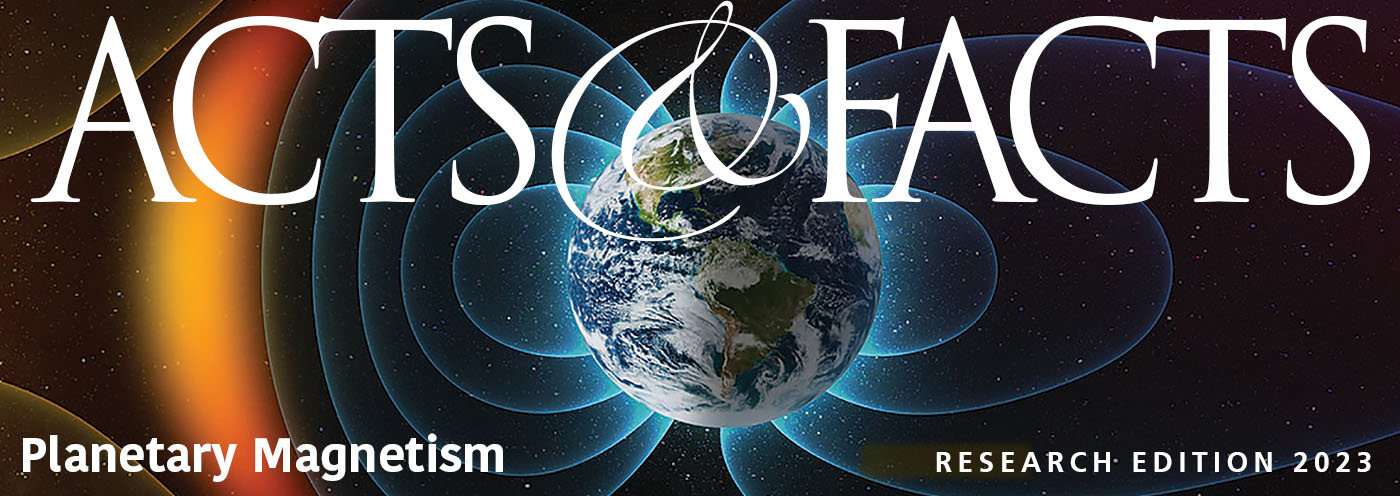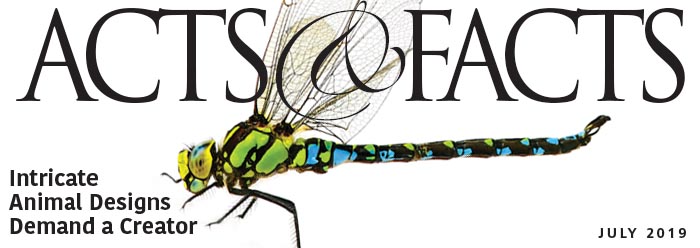Entomologists study insects and spiders. They regularly discover examples of mathematical genius hardwired into various tiny-brained arthropods. And as young students know all too well, math doesn't come easy.
Science writer Seth Borenstein recently wrote an AP article describing why residents of the United States' east coast anticipate an impending insect invasion—at least in rural areas. This spring marks 17 years since a particular brood of a unique kind of red-eyed cicada, called "magicicada," last emerged en masse. And yes, the name reflects the way these insects seem to "magically" appear at the same time after 17 years of living underground as larvae. When the ground temperature reaches precisely 64 degrees, magicicadas in "Brood II" will tunnel upward, crawl up the side of a nearby tree or structure, squeeze out of their molted exoskeletons and then fly around each in search of a mate.
When Brood II emerges together, some estimate they will number up to a trillion cicadas. Of course, their onboard precision-computing equipment makes this all possible. Some kind of internal miniscule chronometer precisely measures the passage of years, and a tiny thermometer monitors the soil temperature. These nifty devices would be useless unless they had the ability to communicate—according to appropriately engineered software—with a central processor. Only then can the organism attach meaning to the data input, and act accordingly.
Human inventors have built machines that include thermometers, central processors, and the means for them to send, receive and interpret temperature data. But such inventions will probably never achieve the scale of miniaturization found in tiny insect bodies. No wonder University of Illinois entomologist May Berenbaum told AP, "It's just an amazing accomplishment. How can anyone not be impressed?" Similarly, Mike Raupp, an entomologist at the University of Maryland said, "These guys are geniuses with little tiny brains."1
So, even secular scientists recognize the genius inside insects' instincts. But unfortunately, they mistake the origin of that genius. Raupp told AP, "These guys have evolved several mathematically clever tricks."1 They should know better.
After all, their own secular textbooks teach that one way to recognize a clear signal from extraterrestrial life is to track the prime numbers it might broadcast if it were an intelligent programmer.2 Magicicada broods spend either 17 or 13 years living underground, and both are prime numbers. If a series of prime numbers came from outer space, secular astronomers would have no doubt that an intelligence sent them. But apparently their inference-making skills lapse when prime numbers occur in creatures right at their feet!
Having to attribute these insects' "amazing accomplishments" to mere natural processes must frustrate otherwise extremely smart secular scientists. Satisfaction, not frustration, awaits those who ascribe genius insect math to a real live Mathematician. "For by him were all things created, that are in heaven, and that are in earth" (Colossians 1:16.)
References
- Borenstein, S. "East about to be overrun by billions of cicadas," Associated Press, Posted on bigstory.ap.org May 7, 2013, accessed May 9, 2013.
- Pomerance, C. 2004. Mathematical Adventures for Students and Amateurs. Chapter 1: Prime Numbers and the Search for Extraterrestrial Intelligence. Mathematical Association of America.
* Mr. Thomas is Science Writer at the Institute for Creation Research.
Article posted on May 22, 2013.
















